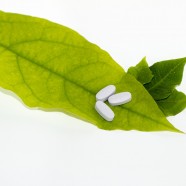
Lyme Disease Treatment: Herbal Compounds Show Promise
Overview
Lyme disease is an infectious disease caused by the bacterium Borrelia burgdorferi (B. burgdorferi), transmitted through tick bites. It affects approximately 300,000 people annually in the U.S. alone. Traditional treatment relies on antibiotics like doxycycline, cefuroxime, and amoxicillin. However, these may not always eradicate the bacterium, leading to persistent infections.
The Challenge of Persistent Cells
Antibiotic-resistant bacterial cells, known as persister cells, can continue to proliferate, making treatment challenging. Researchers are exploring plant-based remedies as potential alternatives.
Probiotics are highly recommended and necessary to combat the eradication of the immune system (which makes up 85% good bacteria) – in the aftermath of antibiotic treatments.
Promising Herbal Compounds
A recent study by the Johns Hopkins Bloomberg School of Public Health and the California Center for Functional Medicine identified two plant extracts with potent antibacterial activity against B. burgdorferi:
Ghanaian Quinine (Cryptolepis sanguinolenta): Contains the alkaloid cryptolepine, traditionally used for malaria, hepatitis, septicemia, and tuberculosis.
Japanese Knotweed (Polygonum cuspidatum): Contains the antioxidant resveratrol, known for its potential anticancer properties and benefits for heart and brain health.
Quinine and Knotweed Show Promise
In a study published in the journal *Frontiers in Medicine*, researchers investigated the potential of 14 different plant extracts in combating *B. burgdorferi*, the bacterium responsible for Lyme disease.
They compared the efficacy of these extracts with two traditional antibiotics commonly used to treat Lyme disease: doxycycline and cefuroxime.
The researchers evaluated each plant extract against both free-swimming (planktonic) *B. burgdorferi* and microcolonies—aggregates of bacterial cells.
The in vitro tests indicated that extracts from seven distinct plants exhibited greater effectiveness against Lyme disease bacteria than doxycycline and cefuroxime.
The plants demonstrating the most promise include black walnut (*Juglans nigra*), cat’s claw (*Uncaria tomentosa*), sweet wormwood (*Artemisia annua*), Mediterranean rockrose (*Cistus incanus*), Chinese skullcap (*Scutellaria baicalensis*), Ghanaian quinine (*Cryptolepis sanguinolenta*), and Japanese knotweed (*Polygonum cuspidatum*).
Among these, Ghanaian quinine and Japanese knotweed exhibited the highest antibacterial activity against *B. burgdorferi*.
The active compound in Ghanaian quinine is an alkaloid known as cryptolepine, which has been traditionally utilized for treating malaria, hepatitis, septicemia, and tuberculosis.
Japanese knotweed contains an antioxidant called resveratrol, which has been associated with potential anticancer properties and may contribute to heart and brain health.
Study Findings
The study tested 14 plant extracts against B. burgdorferi and found that extracts from Ghanaian quinine and Japanese knotweed were highly effective. These extracts prevented bacterial proliferation at low concentrations (0.03-0.5%) and eradicated bacterial microcolonies with a 7-day treatment of 1% extract.
Ineffective Compounds
Other natural compounds, including grapefruit seed extract, green chiretta, ashwagandha, stevia, fuller’s teasel, and Japanese teasel, showed insignificant or no effects. Similarly, colloidal silver, monoglyceride monolaurin, and the antimicrobial peptide LL37 did not demonstrate significant effectiveness against B. burgdorferi.
Conclusion
The potential of plant-based remedies, particularly Ghanaian quinine and Japanese knotweed, offers hope for more effective Lyme disease treatments. Ongoing research and clinical trials will be crucial in validating these findings and improving patient outcomes.
References
These 10 essential oils can kill persistent Lyme disease. Medical News Today. https://www.medicalnewstoday.com/articles/323881
Natalie Rudenko, Maryna Golovchenko, Katerina Kybicova, Marie Vancova, (2019) Metamorphoses of Lyme disease spirochetes: phenomenon of Borrelia persisters. Parasit Vectors. 2019 May 16;12:237. doi: 10.1186/s13071-019-3495-7. https://pmc.ncbi.nlm.nih.gov/articles/PMC6521364/
Front. Med. , 20 February 2020. Sec. Infectious Diseases – Surveillance, Prevention and Treatment Volume 7 – 2020 | https://doi.org/10.3389/fmed.2020.00006
Denis Zofou , Victor Kuete, Vincent P.K. Titanji (2013). Medicinal Plant Research in Africa Pharmacology and Chemistry 2013, Pages 661-709. Medicinal Plant Research in Africa. 17 – Antimalarial and Other Antiprotozoal Products from African Medicinal Plants. https://doi.org/10.1016/B978-0-12-405927-6.00017-5
Pönisch, W., Eckenrode, K.B., Alzurqa, K. et al. Pili mediated intercellular forces shape heterogeneous bacterial microcolonies prior to multicellular differentiation. Sci Rep 8, 16567 (2018). https://doi.org/10.1038/s41598-018-34754-4
Copyright © 2025 – All Rights Reserved – Michelle Honda Ph.D. M.Ed.
Announcement
Look for my latest book “Reverse Depression Naturally” (Spring 2020) “Reverse Inflammation Naturally” (May 31, 2017) “Reverse Thyroid Diseases Naturally” (June 2018) “Reverse Alzheimers/Dementia Naturally” (Nov.2018) “Reverse Heart Disease Naturally” (Jan.31, 2017) and “Reverse Gut Diseases Naturally Nov. 2016
Where to Purchase:
Reverse Gut Diseases Naturally Nov. 2016
Reverse Heart Disease Naturally Jan. 2017
Reverse Inflammation Naturally May 2017
Reverse Thyroid Disease Naturally June 28/2018
Reverse Alzheimers Disease Naturally Nov. 2018
Reverse Depression Naturally Spring 2020
Hatherleigh Press Page Buy Book RGDN
Local Book Stores in US and Canada
Disclaimer
While close attention was given to the accuracy of information in this article, the author accepts neither responsibility nor liability to any person with respect to injury, damage, loss or any circumstances involving alleged causes directly or indirectly related to the information in this article. The sole purpose is to educate and broaden ones awareness. This information is not meant to replace medical advice or services provided by a health care professional.





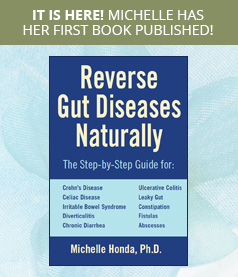

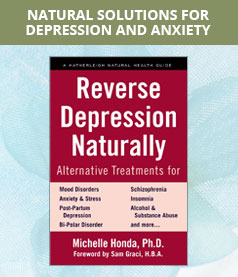
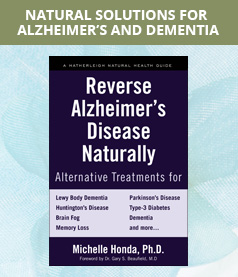
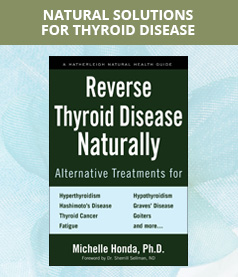

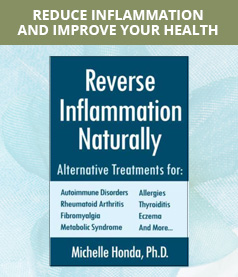
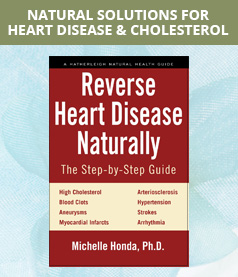
Follow Us!